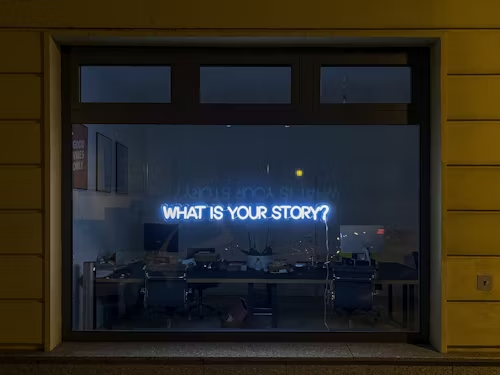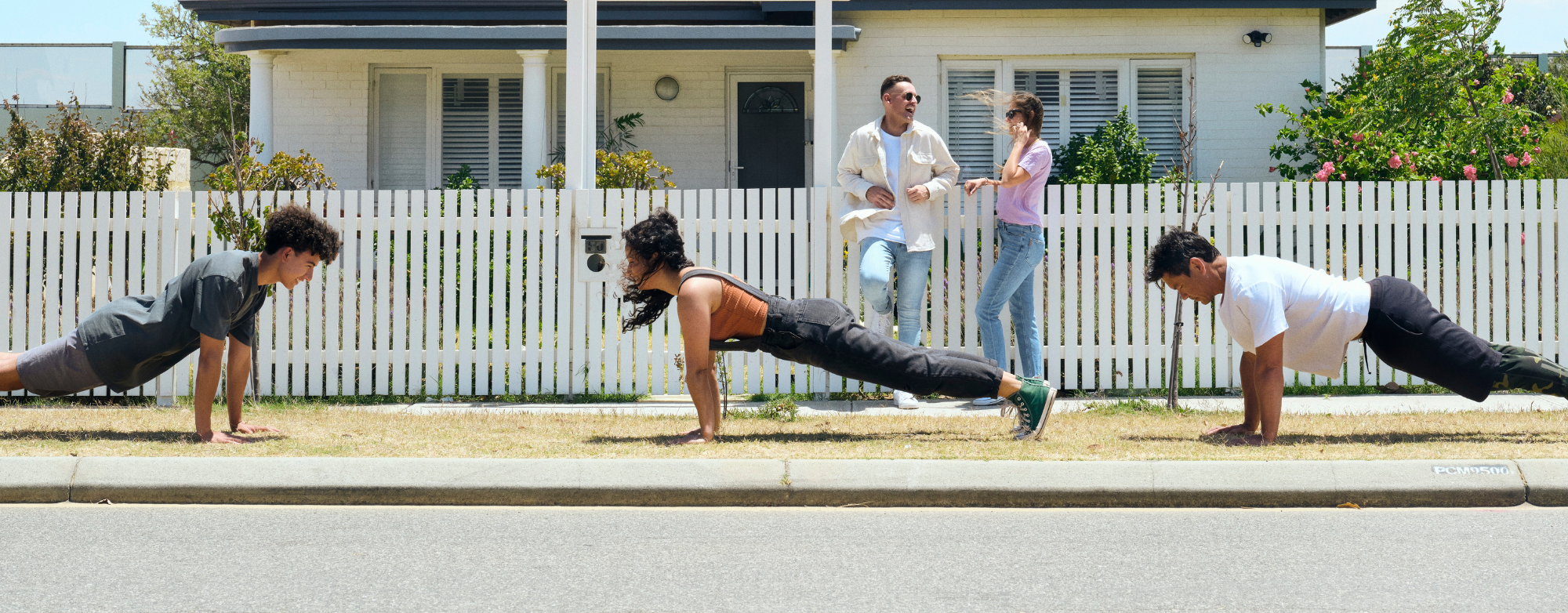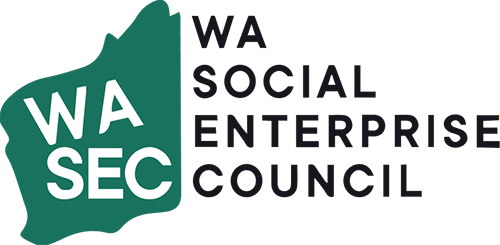Recently, WASEC held a Storytelling for Business Workshop for its members hosted by public relations and social media agency Famiglia. Danielle Marsland and Abbey Bishop from the Famiglia team led our members through a two part workshop, with the first session centred on demystifying brand storytelling, and practical tips to tell your own brand story. In this blog, we re-cap Part One of the workshop – bookmark this tab for a handy resource. Stay tuned for our next blog, where we will cover Part Two of the Workshop – How to Kickstart Your Instagram.

Crafting a Powerful Brand Narrative
Nonprofits lose more than 60% of their donors each year on average because of how difficult it is for them to find the right message and the right medium for engagement and inspiration. In today’s fast-paced, overly-automated, and digitally-driven society, humanity is becoming the new premium.
Who you are, what you provide, why you’re so awesome – it’s all immediately and perfectly clear in your head, but how do you create that snapshot in someone else’s head? Storytelling helps your brand cut through the clutter, stand out from your competitors, and connect with humans on a one-to-one level. It will maximise your business’s visibility, profit, and impact, or drive profits – it can also create a cultural impact. It’s your reputation.
A brand story recounts the series of events that sparked your company’s inception and expresses how that narrative still drives your mission today. Just like your favourite books and movies characters, if you can craft a compelling brand story, your audience will remember who you are, develop empathy for you, and, ultimately, care about you.
Check out Nike’s ‘Find Your Greatness’ campaign and be inspired by Nike’s work coming up with a story that moved people.
5 tips to craft a powerful brand narrative to convincingly communicate about your social enterprise.
- First, start simple – and short. Try to describe your business in 10 words or less, summarising your vital information and core concept. Being able to accurately yet succinctly describe your business is critical in the modern business environment. Developing your statement is not easy, but it’s essential. Rick Spence, a business writer focused on the entrepreneurial market, provides an effective formula for developing your statement: “I do (this, or these things) so that (this market) can do (this).” Now check: does your description inspire a potential customer to want to learn more about what you have to offer?
- Secondly, move onto developing your 60 second story. This is what you might put in your LinkedIn bio, at the top of your website homepage, at the start of a public relations story pitch, or simply in a conversation when someone asks you ‘what do you do?’. Check out social media creator and viral video hitmaker @JennyHoyos’ TED Talk, The Secret to Telling a Great Story – in Less Than 60 Seconds, in which she breaks down her framework for telling stories in 60 seconds or less, for inspiration.
A good 60 second story template might go something like this (along with some checklist pointers!)
- We are____(Name + Place/Noun)
- In (Location)
- We (verb – what do we do) – have you said what you spend most of your time doing?
- Have you said who does it, or who do you do it with? Or how long you’ve been doing it (if that’s relevant?)
- We exist to (verb – social impact aspect) – Have you said what problem you fix?
- We ensure (result – what have we done or achieved?). Have you quantified your impact?
- We hope….Have you shared your dream for the future? / What do you want?
- Another template you can try is the STAR template:
- Situation: Briefly describe the context or background of the situation you faced.
- Task: Explain the specific task or challenge you were responsible for addressing. We see many social enterprises that are not sharing the problem they are trying to fix in their story – for instance, your story might share all the aspects of your cafe business, while failing to mention you provide employment and training for homeless people because homelessness leads to difficulty in finding employment. This is key to what makes you an enterprise, and needs to be a prominent part of your story.
- Action: Detail the actions you took to address the situation or complete the task.
- Result: Share the outcome or results of your actions, highlighting the positive impact or lessons learned. Remember – QUANTIFY your impact. For instance, WASEC Members Carbon Positive have planted 7 million trees – mentioned in their ‘10 word story’, their ‘60 second story’ & a counter on their website.
Here is an example of for-purpose NFP, the Push Up Challenge, and their 60 second story, broken down into the ‘STAR’ format:

The Push-Up Challenge is Australia’s largest mental health and fitness event.
Each year, hundreds of thousands of Australians take up the challenge to complete a set number of push-ups that represent the number of lives lost to suicide in Australia in the most recent year of available data. We educate participants with daily mental health facts, and participants have the opportunity to fundraise for one of our chosen mental health charities.
Since 2017, The Push-Up Challenge has raised over $50 million for mental health programs and services and engaged over 700,000 people to push for better mental health. The Push-Up Challenge is run by a passionate crew who work across Australia. We like to think of ourselves as small but mighty in our quest to raise awareness for mental health.
Situation: Mental Health Crisis, Rising Suicide Rate
Task: How can we foster mental wellbeing and fitness, and reduce suicide rates?
Action: Challenge – complete a set number of push ups, raise money.
Result: Raised over $50 million for mental health programs and services and engaged over 700,000 people to push for better mental health.
- Thirdly – don’t forget the conflict. Conflict is key to telling compelling stories, so be transparent about the adversity your company has faced and own it. The more honest you are about your shortcomings, the more people will respect you and relate to your brand. Telling a brand story that starts with a challenge or problem is a smart way to do this because conflict creates a bit of stress or intrigue!
- Finally, Know your Audience: When you’re trying to speak to everyone, you run the risk of not resonating with anyone. Be specific. One way to work out your audience is to ask yourself, are you speaking to others in your industry, or other businesses? Or are you speaking to the public / consumers? Another useful way to know who you’re speaking to, is to categorise by age –
GEN Z
50% of Gen Z have listed social media as their favourite source for news and content updates. That means that, if they are your target audience, you should focus on stories in a medium that is shareable and social-media friendly.
GEN Y / MILLENNIALS
All types. Millennials particularly like tuning in to content while they do other tasks, such as working, studying, and doing chores. So podcasts, webinars, and oral histories may work well.
GEN X
Facebook – but has branched out in recent years towards YouTube, Instagram, even TikTok. Videos might prove appealing to Gen X, as well as Gen Z.
–
We hope these quick tips have you on your way to crafting and telling an excellent brand story! Subscribe to WASEC’s newsletter and follow WASEC on Instagram for more insights and upcoming workshop dates.
